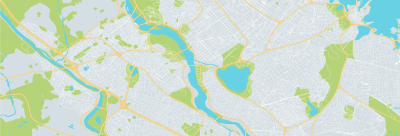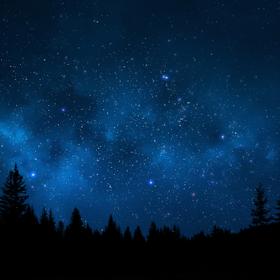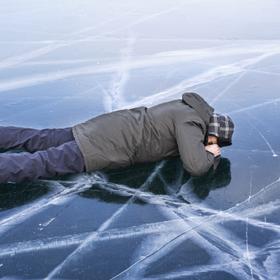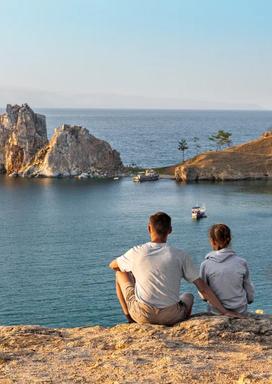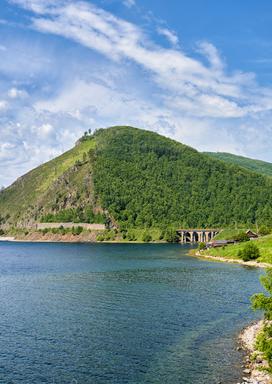You can travel around Lake Baikal at any time of the year, each season is unforgettable and beautiful in its own way.
Baikal in winter
Winter Baikal consists of various forms of ice and kilometers of snow-covered plains.
Due to the great depth, the lake retains heat for a long time and the ice appears later than many expect. For example, northern Baikal begins to freeze in mid-December, ice appears on Olkhon in early January, and in the south of Lake Baikal (in Listvyanka and Baikalsk) only by the end of January.
The ice is solid enough from mid-February to the end of March, at the same time an ice crossing is operating, along which you can drive a car. In other winter months, special equipment is used, for example, Khivus, which can perfectly move both on water and on ice. There is almost no snow on Olkhon, it is there that you can see clean ice, and in Listvyanka and Baikalsk there are ski resorts, the snow is soft and fluffy.
Baikal in spring
The ice season continues in March, there is an opportunity to see various forms of ice and grottoes, go skiing and skating, take pictures of huge icicles and at the same time not freeze, since in March it is usually about -10 degrees and there is almost no wind.
In April, the ice gradually begins to melt, and in May you can see how Lake Baikal wakes up. This is a time of vivid contrasts: the ice is just beginning to descend, snow is still lying in places, and snowdrops are already blooming very close by, and the forest is decorated with elegant crimson.
Baikal in autumn
Golden autumn is a very beautiful time to travel to the lake. Sunny weather, quiet Lake Baikal and golden foliage of trees.
There are very few tourists on Lake Baikal in autumn, so no one will interfere with privacy and enjoyment.
The golden autumn season usually lasts until mid-October, and in November the first snow appears on Lake Baikal. Winter entertainment begins in December, when enough snow falls and you can enjoy the picturesque beauty of the lake and its surroundings.









